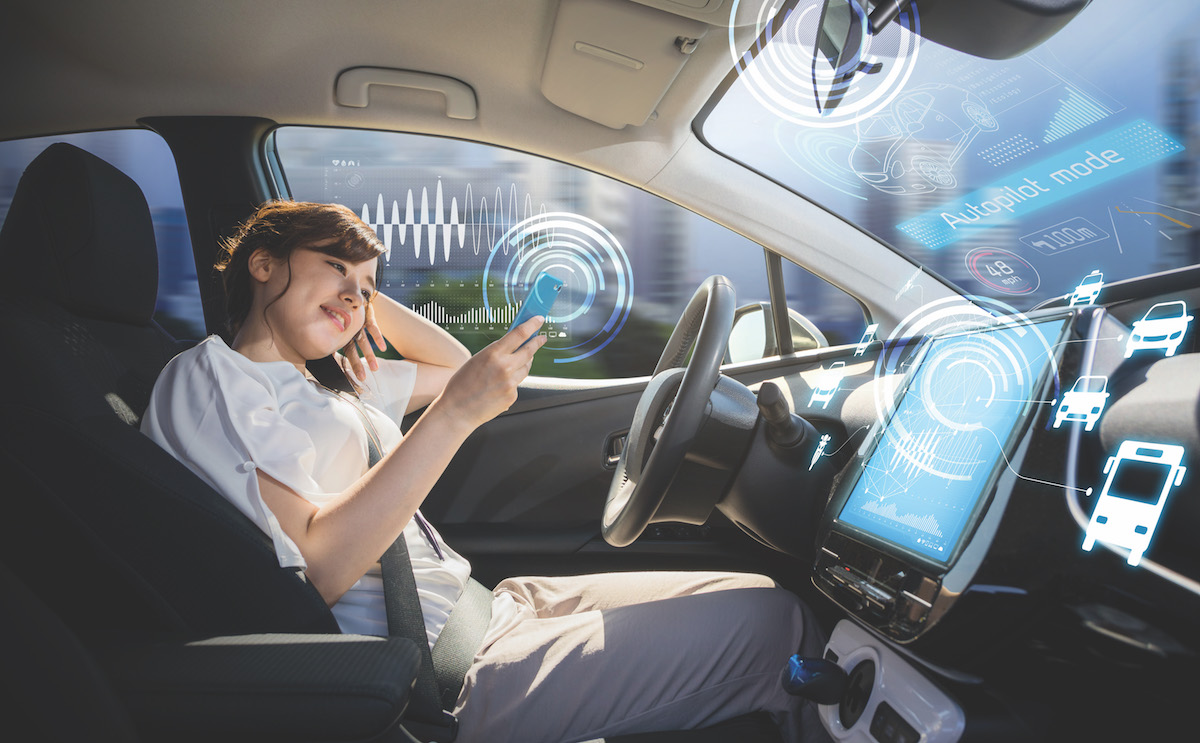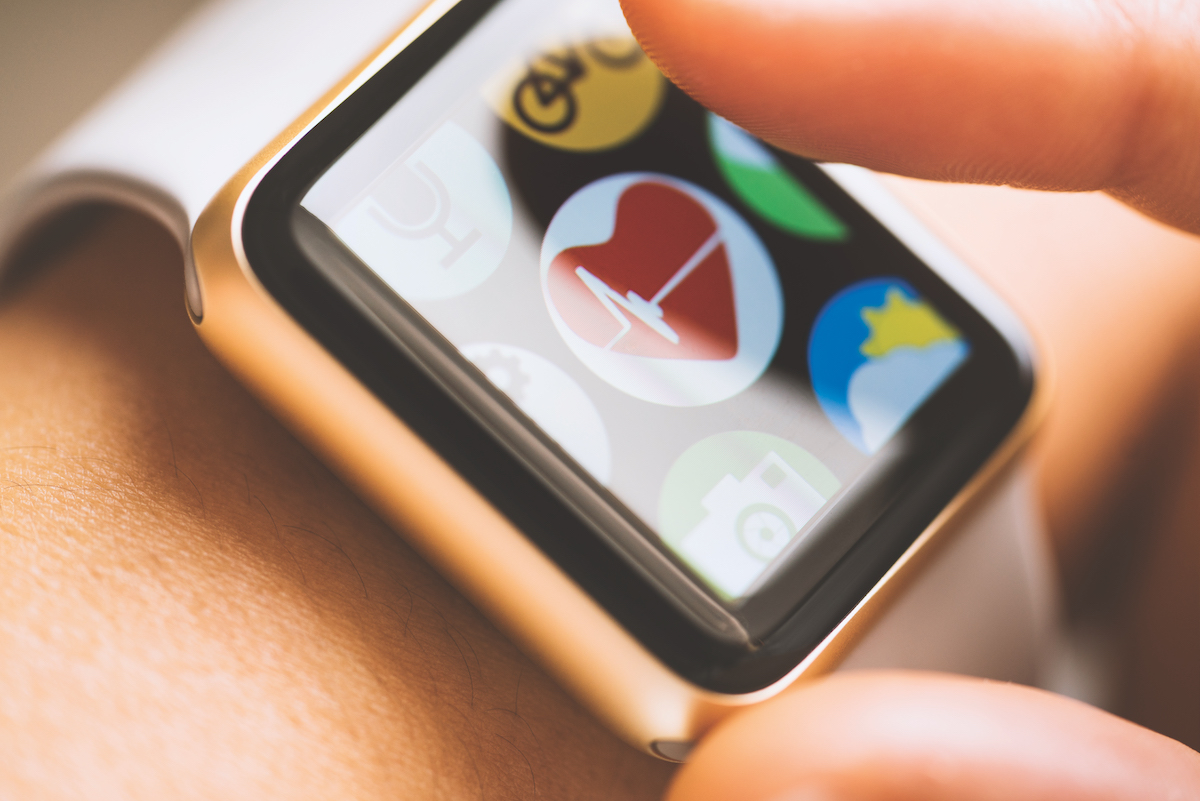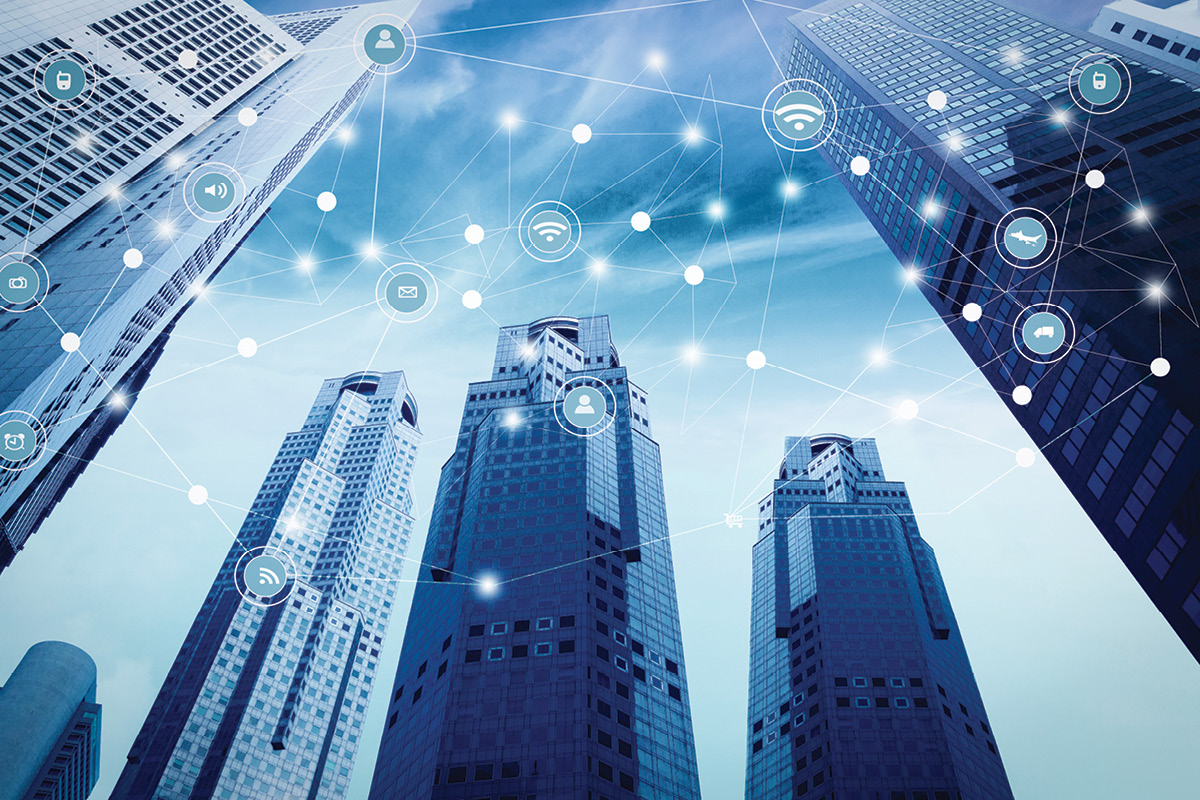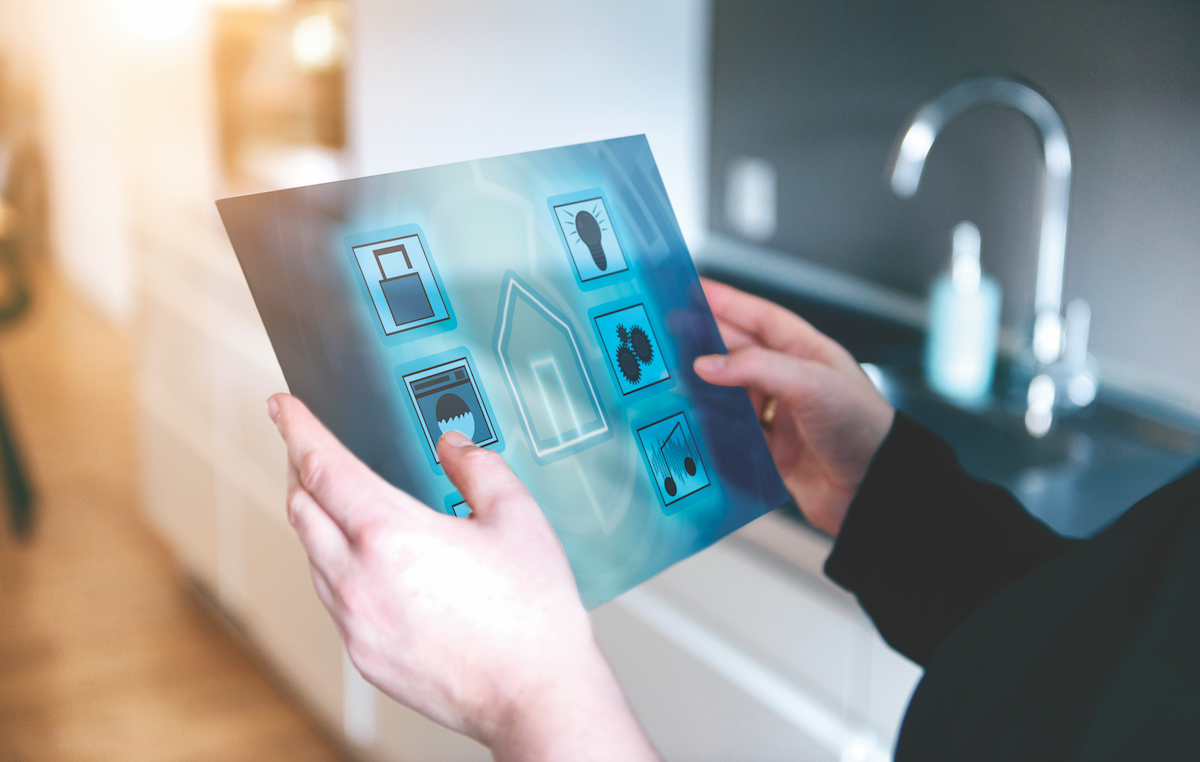The Internet of Things (IoT) has long been billed as ushering in one of the biggest eras of technological change in human history. Indeed, the potentially game-changing concept, which describes the ability of consumers to connect any device to the internet, has the potential to fundamentally alter the way we live and work.
But despite the IoT concept having been around since the late 80s when the first internet-connected device was unveiled, the full impact of the much-trumpeted connectivity revolution has not yet come to pass. This has led to speculation that the technological transformation promised by the IoT is more hype than reality.
However, the IoT revolution is certainly underway and is set to have far-reaching implications for business and consumers well into the future. What is the IoT? Kaila Colbin, from Silicon Valley’s Singularity University, says that far from being hype, the IoT is fundamentally altering the way people live and do business.
However, she adds, many people misunderstand the concept, which encompasses a wide variety of technologies ranging from fitness trackers to self-driving cars.
The IoT, according to Colbin, is best described as a network that allows everyday objects to communicate with each other over the internet. Speaking from the tech think tank’s New Zealand headquarters, Colbin says the IoT differs markedly from the current internet. “Right now, the internet is largely a web linking people. You email other people, connect with them on Facebook or Twitter, buy from them on eBay … It is people accessing a global network,” Colbin says.
“In contrast, the IoT is about objects, rather than people, accessing the network.” Within the next decade, Colbin predicts the IoT, via advances in wireless connectivity, will extend to most industries and aspects of life.
These changes are likely to include sensors on vehicles, roads and parking stations to help ease traffic congestion, while smart shipping containers and miniature nano-satellites will facilitate more efficient logistics and trade.

But it doesn’t stop there. Household appliances such as washing machines, refrigerators, televisions, ovens and even pool pumps are also likely to be connected to the internet, giving consumers greater power to monitor and operate them remotely.
The unfolding revolution is being spearheaded by companies such as Tesla, which are at the vanguard of the IoT innovation. “For an electric car, a change in software could mean an improvement in performance or the addition of new features.
In October 2015, Tesla owners woke up one day and found that, overnight, their cars had been given Autopilot functionality,” Colbin says. “Eventually, cars can integrate with traffic lights, which will also be connected to the network, and the lights can change automatically to optimise traffic flows.”
How will the IoT affect business?
One of Australia’s leading IoT players, Connected IO, agrees with Colbin, warning companies to stay abreast of the coming changes, or risk being left behind. The Perth-listed company’s executive chairman Jason Ferris says the staggering numbers speak for themselves in heralding the coming tech revolution.
According to Ferris, by 2020, some four billion people will require internet connection, creating a worldwide revenue opportunity of A$4 trillion and massive demand for internet-connected devices.
According to Ferris, by 2020, some four billion people will require internet connection, creating a worldwide revenue opportunity of A$4 trillion and massive demand for internet-connected devices.
If market predictions are correct, Ferris says, there will be more than 25 million apps connecting 25 billion embedded and intelligent systems, using a staggering 50 trillion gigabytes of data each year.
“The future of communications is here already,” says Ferris, whose company specialises in cellular modem devices and partners with major US carriers like Verizon, AT&T, T-Mobile and Vodafone.
“Companies not growing with the IoT will be left behind as connected devices become the norm in almost every application throughout the world,” Ferris says. “More and more devices can connect quicker with less interference, providing data feeds at speeds not previously available to the market.”
He describes the IoT market as limitless, saying it’s impossible to predict how widespread the application will become. But whether it’s “failover communications for restaurants, live feeds for security applications, or vehicle tracking and reporting”, data will flow at levels never seen before in human history.
“Connected vehicles and appliances as well as various military applications are already in development and really not far from implementation,” Ferris says.
What sectors will be most impacted?
Global consulting firm McKinsey estimates that, due to its massive global impact, the IoT will reshape many industries worldwide. According to McKinsey, some of the sectors likely to be most altered include manufacturing, engineering and transport due to innovations such as robotics, increased automation, and smart devices such as sensors and drones.

Agriculture is another industry likely to feel the IoT’s impact. Matthew Pryor, co-founder and CTO of Australian agritech company Observant, understands this first-hand. Pryor, whose company specialises in making high-tech sensors for water and livestock, says farming will be “radically changed” by the IoT.
“When you consider that much of farming faces its greatest uncertainty in the form of weather, getting better information and control of every other possible variable holds enormous appeal,” he says.
“For that reason alone, there will barely be any aspect of the farming and agricultural supply chains that is not radically changed by the IoT, and the information and decision-making transformations that it enables.”
He says that when it comes to the A$2.4 trillion global agriculture industry, the impact will affect both how farmers operate and the post-farm supply chain that takes produce to market.
“On farm, daily decision making, farm automation and operational and market risk management are key areas of impact,” explains Pryor, whose firm provides a range of agritech products including a cloud-based data analytics platform for farmers and a variety of devices for remote farm management and control.
“Once you enter the post-farm gate supply chain, the information capture and traceability of products become major economic factors,” Pryor adds. “Tracking, trading and traceability will be reshaped as the entire supply chain gradually becomes connected and an interoperable pillar of agricultural commerce.”
Like Ferris and Colbin, Pryor is upbeat about the potential of the IoT to improve outcomes for consumers and business, so long as the rapidly changing technology doesn’t leave them behind.
He also points to the need for better connectivity for those working in rural areas.
“Farmers need to be as familiar with the high-tech equipment as they are with more traditional farm equipment. Interpreting and reorganising digitally sourced information will become an increasingly important skill set.”
Cashing in on the IoT
For global business futurist Morris Miselowski the key to taking advantage of the IoT era means, somewhat ironically, companies going back to basics. Miselowski, who has worked with clients including UBS, Mastercard, NAB and Visa on futureproofing their operations, advises businesses to come to grips with the IoT by re-examining their core purpose.

The next step, he says, is to re-imagine how that core purpose could be executed using today’s cutting-edge IoT technology. “That’s how Airbnb, Uber and other disrupters have come up with their offerings,” Miselowski says. “They paid no attention to what was being offered and went back to the core of what was needed and said ‘What can we do now that’s different to before?’”
Another important move for forward-looking firms, the Australia-based futurist says, is to attract talent capable of pre-empting changes likely to flow on from the IoT. This, Miselowski concedes, can be a very difficult task.
“What we require is hyper-fluid, non-linear thinking, but it is unusual for businesses to find someone within a corporation who has a broad enough mindset and knowledge base of the many different technologies, economies and other spaces to make the decisions you need to make right now,” Miselowski says.
“If you find someone like that, you should employ them full-time, because they will give you the greatest return on investment possible.”





